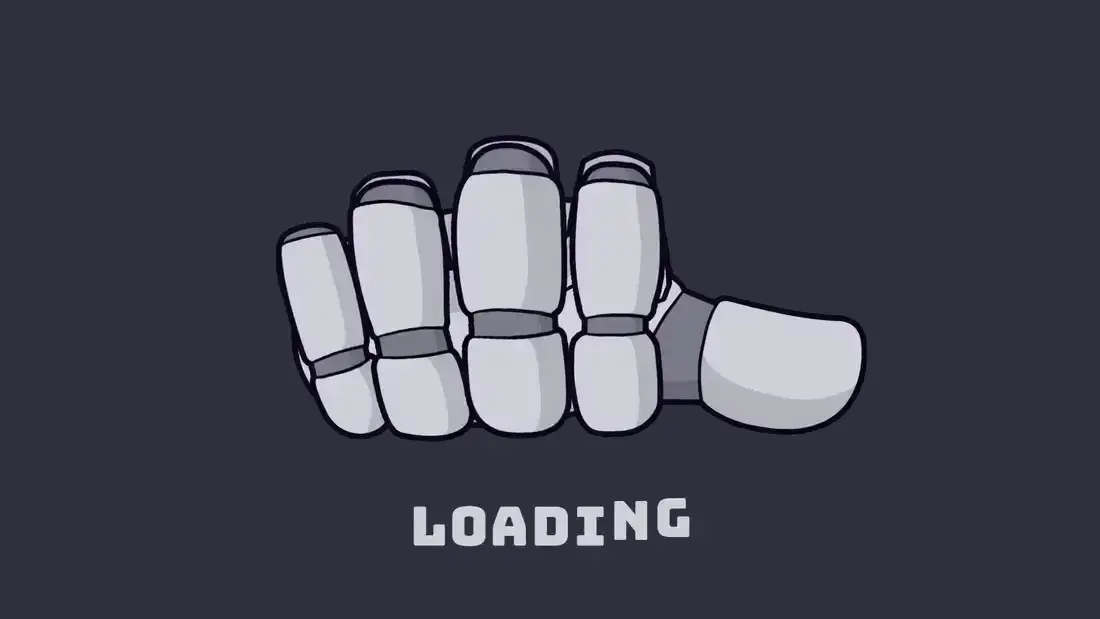▼ Most saved
Summariz
Free mode
100% free
Freemium
Free Trial
Other tools
-
 Transform subjects into structured, easy-to-digest notes.OpenD ChandraJul 4, 2025@Lecture Notes GeneratorI need to clear certification exam
Transform subjects into structured, easy-to-digest notes.OpenD ChandraJul 4, 2025@Lecture Notes GeneratorI need to clear certification exam -
 Open
Open - Spotlight: Notis (Personal assistant)
-
 Book Summarizer instantly transforms any book into a crisp, intelligent summary.OpenBy far the most complete summary I received. Thank you.
Book Summarizer instantly transforms any book into a crisp, intelligent summary.OpenBy far the most complete summary I received. Thank you. -
Pretty handy, not always helpful since sometimes notes are not in a simple text format, but it does the job
- Didn't find the AI you were looking for?
-
 Instantly generate reliable, up-to-date insights on diverse topics.OpenMost recent data is October 2023, Not useful to me. Not very "real time" if it can't update its data set.
Instantly generate reliable, up-to-date insights on diverse topics.OpenMost recent data is October 2023, Not useful to me. Not very "real time" if it can't update its data set. -
Artist Tips for Better Results with Somnira Canvas: To help Somnira Canvas render the most compelling and emotionally resonant figures—whether human or animal—users are encouraged to guide the tool with poetic, suggestive phrasing rather than highly technical descriptions. This helps maintain harmony with the platform’s expressive strengths. For human figures, try emotion-based posture phrases like “curled in sorrow,” “reaching toward a fading light,” or “kneeling in wind.” Favor mood-based modifiers over anatomical specifics, such as “a silhouette bathed in dusk” or “a quiet figure in motion blur.” For animals, use mythic or metaphorical phrasing like “a fox made of stars,” “a deer outlined in frost,” or “a lion woven from dusk and gold.” Avoid strict biological realism unless intentionally stylized (e.g., “cubist owl,” “ink-drawn heron”). Best practices include specifying camera perspective or body angle with terms like “3/4 view,” “top-down shot,” or “over-the-shoulder,” and adding atmospheric cues such as “drifting in chalk mist,” “outlined by candlelight,” or “carved in shadow.” You can also add emotion-based tags directly into the prompt—words like “longing,” “grief,” “stillness,” or “wonder” will guide the aesthetic and expressive qualities of the final artwork.
-
 Turn concepts into underwater arm-wrestling scenes.Open
Turn concepts into underwater arm-wrestling scenes.Open
Lists
Post





